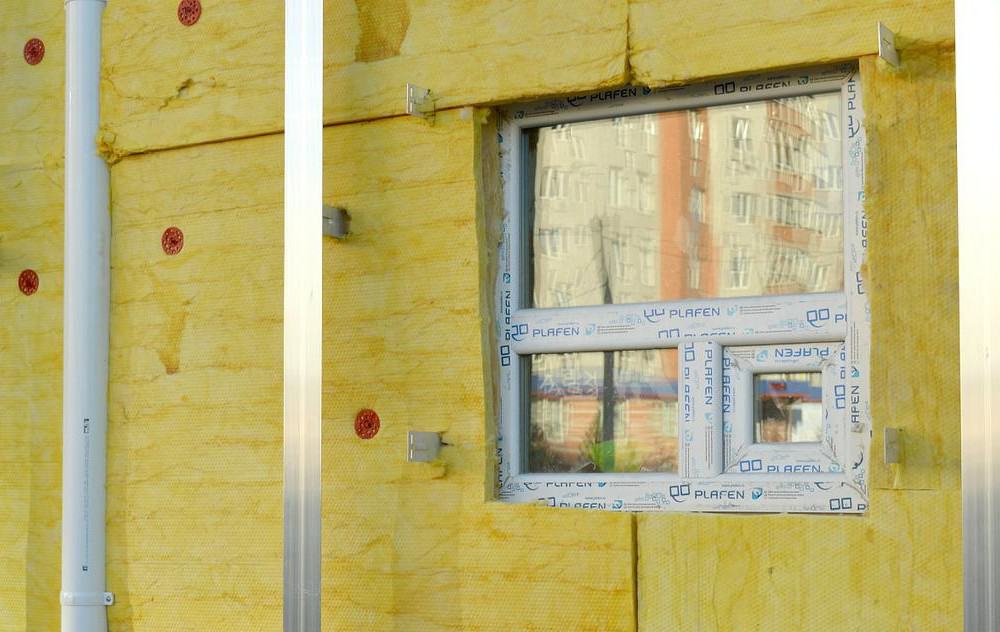Mobile homes are actually one of the least energy-efficient types of homes out there. In fact, according to the U.S. Department of Energy, mobile homes use about twice as much energy per square foot as site-built homes.
One of the biggest reasons for this is that mobile homes are often not well-insulated.
Adding insulation to your mobile home can help to mitigate this problem. Not only will it make your home more comfortable, but it can also help you save money on your energy bills.
There are a few different ways to add insulation to a mobile home. One option is to add insulation for walls.
2. Choose an insulation.
3. Cut the insulation.
4. Install the insulation.
5. Seal any gaps.
6. Check the effectiveness of the insulation by measuring the temperature in the room.
Contents
- 1 Advantages of Install New Insulation in a Mobile Home
- 2 How to Insulate a Mobile Home: Step by Step
- 3 Insulation Standards
- 4 Areas to Be Insulated in the Mobile Home
- 5 Insulating Under Your Mobile Home: Step by Step
- 6 Insulation Types to Consider for Mobile Home
- 7 Mobile Home Insulation Tips
- 8 FAQ
- 9 Conclusion
Advantages of Install New Insulation in a Mobile Home
If you are a mobile home owner, you know that insulation is important. Mobile homes are well-known for being poorly insulated, which can lead to high energy bills and uncomfortable living conditions. However, installing new insulation in your mobile home can have many advantages.
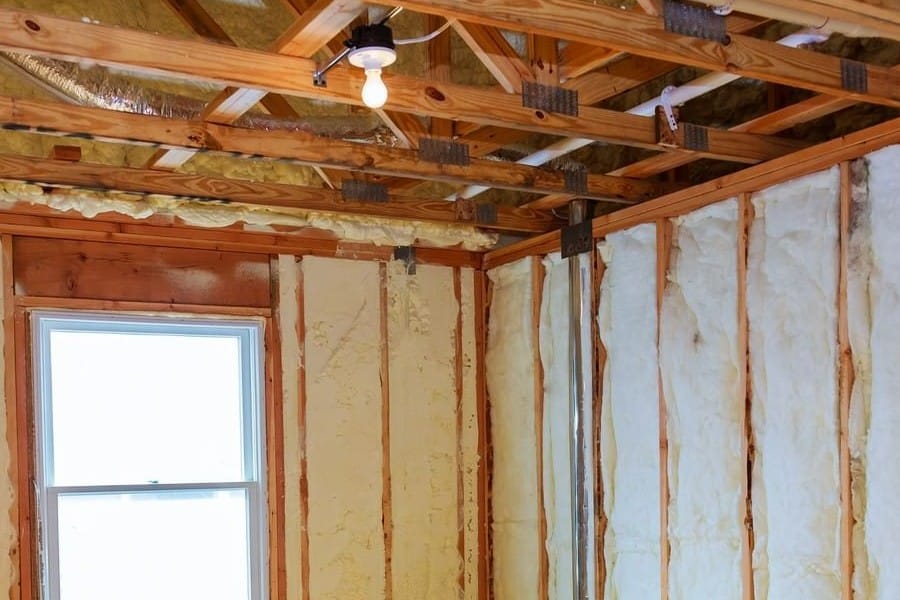
New insulation will help keep your home cooler in the summer and warmer in the winter.
New insulation can also help reduce noise from outside your home. This can be a great advantage if you live in a noisy area or if you simply want to enjoy a quieter living space.
Installing new insulation can also increase the value of your home. This is especially true if you plan on selling your mobile home in the future.
Finally, new insulation can help protect your home from moisture damage. This is especially important in mobile homes, which are often more susceptible to moisture damage than traditional homes.
These are just a few of the advantages of installing new insulation in a mobile home.
How to Insulate a Mobile Home: Step by Step
Step 1. Measure the dimensions of the area to be insulated. Mobile homes are often smaller than traditional homes, so it is important to measure the space before buying insulation.
Step 2. Choose an insulation material. There are many different types of insulation, so make sure to do your research in order to find the best option for your home. The most common are fiberglass, cellulose, and spray foam.
Step 3. The next step is to install it. If you are doing it yourself, make sure to follow the instructions carefully in order to avoid any mistakes. Cut the insulation to fit the space. Insulation can be cut with a knife or scissors.
Step 4. Install the insulation. Mobile homes often have thin walls, so it is important to install the insulation carefully. Fiberglass and cellulose can be installed using a staple gun. Spray foam must be installed by a professional.
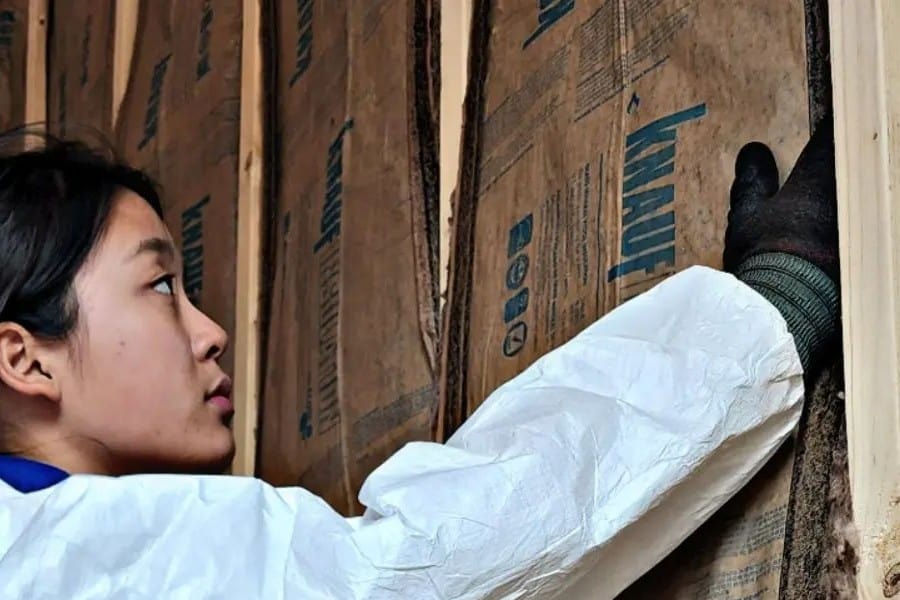
Step 5. Seal any gaps. Gaps around windows and doors can be sealed with caulk or weatherstripping.
Step 6. Repeat the process for other areas of your home.
Step 7. Once the insulation is installed, you should notice a difference in the temperature of your home. It is important to make sure that the insulation is installed properly in order to achieve the best results.
Maybe you would be interested: What Type of Insulation Is Used Under a Mobile Home?
Insulation Standards
There are several insulation standards that have been established in order to ensure the safety and quality of insulation products.
These standards are important because they provide guidance on how insulation should be manufactured and installed.
The most common insulation standards are those established by the American Society for Testing and Materials (ASTM) and the National Fire Protection Association (NFPA). Both of these organizations have developed a number of different standards that cover different aspects of insulation.
The ASTM has established a number of standards that deal with the physical properties of insulation. These standards cover things like fire resistance, water absorption, and thermal conductivity. The NFPA has established standards that deal with the installation of insulation. These standards cover things like the thickness of the insulation, the type of material that can be used, and the method of installation.
In addition to these two organizations, there are a number of other organizations that have established insulation standards. These include the International Organization for Standardization (ISO), the Canadian Standards Association (CSA), and the European Committee for Standardization (CEN).
In addition, insulation standards help to protect the environment by reducing the need for energy consumption. When homes and buildings are well-insulated, they use less energy to heat and cool, which reduces emissions of greenhouse gasses and other pollutants.
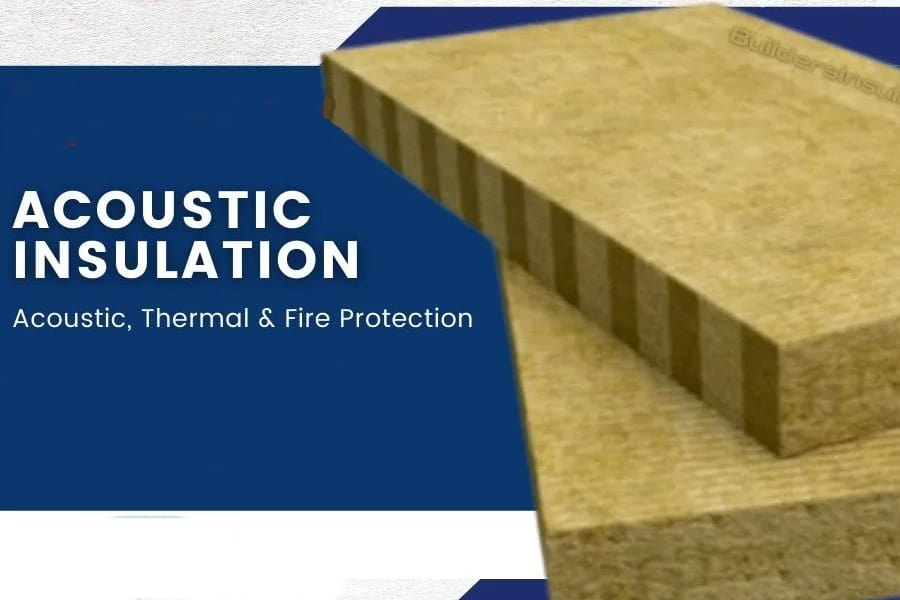
There are several different types of insulation standards, including the R-value, fire safety, moisture resistance, and acoustical performance.
The R-value is the most common standard for insulation. It measures the material’s resistance to heat flow. The higher the R-value, the better the material is at insulating.
The U-factor is a measure of a material’s ability to conduct heat. The lower the U-factor, the better the material is at conducting heat.
Fire safety standards are important because they ensure that insulation materials will not contribute to the spread of fire. Moisture resistance standards are important because they prevent the growth of mold and mildew.
Acoustical performance standards are important because they ensure that insulation materials will not absorb or reflect too much noise.
There are also different standards for insulation depending on the type of building. For residential buildings, the most common standard is the International Residential Code (IRC). The IRC sets forth requirements for the R-value of insulation in different parts of the country.
There are also different standards for insulation depending on the type of climate. For cold climates, the most common standard is the Northern Climate Zone (NCZ). The NCZ sets forth requirements for the R-value of insulation in different parts of the country. For hot climates, the most common standard is the Southern Climate Zone (SCZ). The SCZ sets forth requirements for the U-factor of insulation in different parts of the country.
The most important thing to remember when choosing insulation is to choose a material that meets the requirements of the climate zone in which the building is located. Insulation is an important part of any building, and the wrong type of insulation can lead to problems with energy efficiency and comfort.
Areas to Be Insulated in the Mobile Home
As the weather starts to turn colder, many of us begin to think about ways to make our homes more comfortable and energy efficient. If you live in a mobile home, there are some special considerations to take into account when it comes to insulation. In this article, we’ll discuss some of the key areas to focus on when insulating your mobile home.
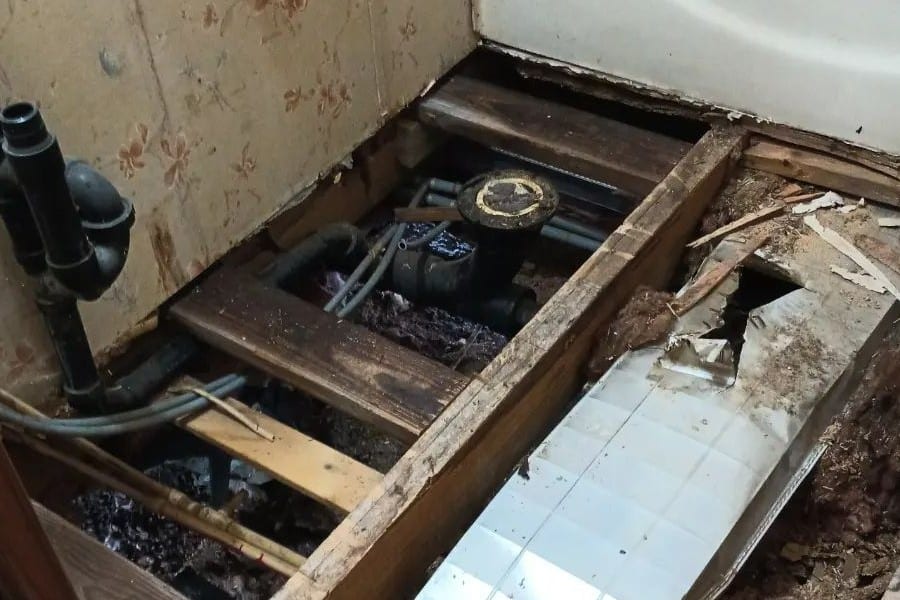
One of the most important areas to insulate in your mobile home is the floor. Mobile homes are often built on a metal frame, which can conduct heat and cold very efficiently. To combat this, you’ll want to make sure that your floor is well insulated. This can be accomplished by installing insulation for mobile home floor, as well as around the perimeter of the room.
Another area to focus on when insulating your mobile home is the walls. Just like the floor, the walls of a mobile home can be very good at conducting heat and cold. To properly insulate the walls, you’ll want to install insulation between the studs. This will help to create a barrier between the outside temperature and the inside of your home.
The attic is another area of the mobile home that should be well insulated. The attic is where a majority of the heat in your home escapes. To prevent this, you’ll want to make sure that the attic is properly insulated. This can be done by installing insulation between the rafters.
The fourth and final area to focus on is the windows. Mobile homes have single-pane windows, which are not as energy-efficient as double-pane windows. To improve the energy efficiency of your windows, you can add storm windows or replace your existing windows with energy-efficient windows.
By properly insulating these key areas of your mobile home, you can keep your home comfortable all year long.
Insulating Under Your Mobile Home: Step by Step
Step 1. Cover the ground.
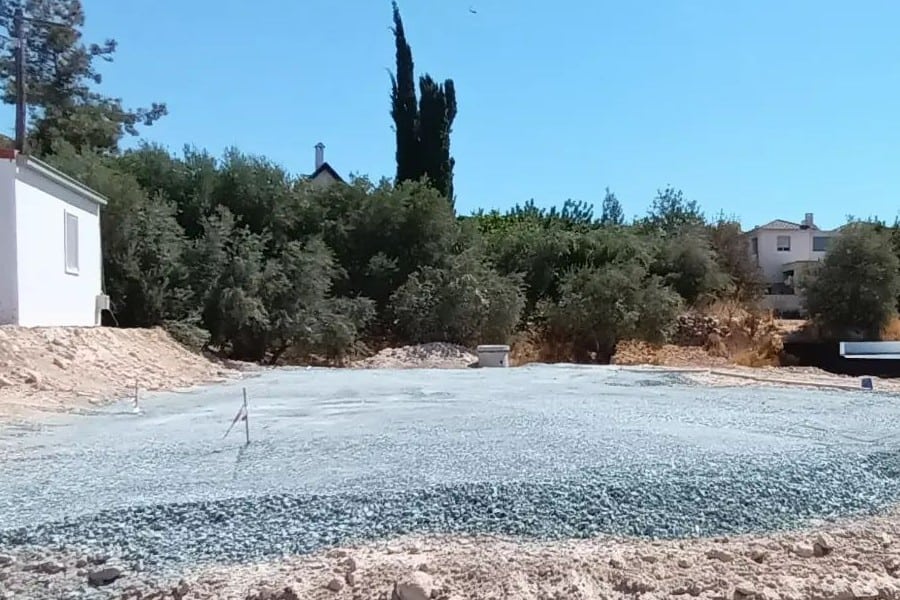
Start by getting rid of any dirt and leaves that may have gathered under your home. Then, lay down a layer of landscape fabric to help prevent future growth. Next, add a layer of gravel for drainage and to keep insects and other pests away.
Step 2. Install the vapor barrier.
The next step is to install a vapor barrier. This will help keep moisture from seeping into your home and causing mold or mildew to form. You can find vapor barriers at most hardware stores.
Step 3. Add the insulation.
There are a few different types of insulation you can use, but we recommend using fiberglass batting. This type of insulation is easy to install and is very effective. Install the insulation under your mobile home following the manufacturer’s instructions. Be sure to wear gloves and a dust mask to protect yourself from the insulation.
Step 4. Install the skirting.
Once the insulation is in place, you can install the skirting. This will help keep the insulation in place and will also give your home a finished look.
Insulation Types to Consider for Mobile Home
Fiberglass is the most common type of insulation because it is relatively inexpensive and easy to install. Fiberglass insulation is effective in mobile homes because it does not absorb moisture and is resistant to mold and mildew. Fiberglass is easy to install and is an effective barrier against heat and noise.
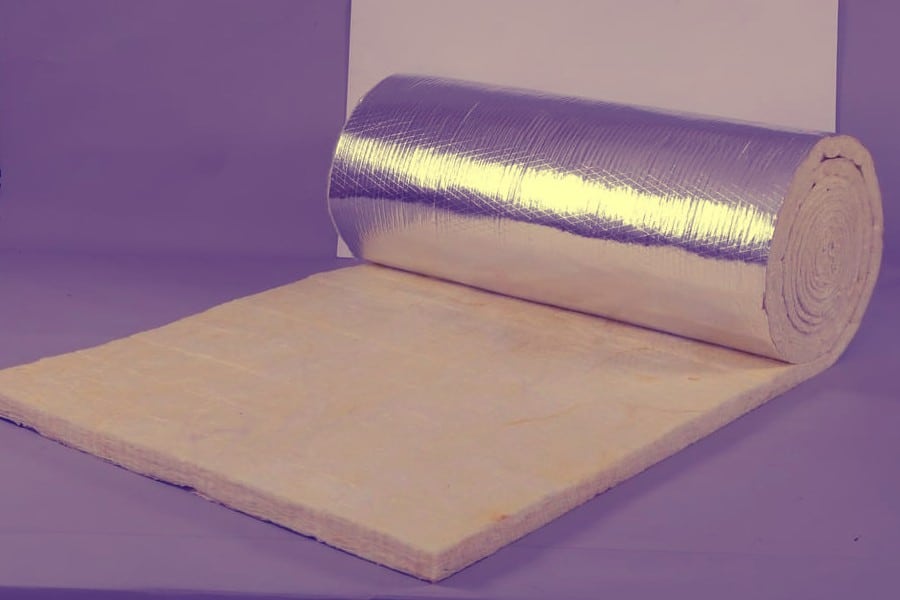
However, it can be irritable to the skin and respiratory system, so it’s important to wear gloves and a mask when working with it.
Cellulose is another common type of insulation. Cellulose is effective at blocking heat and noise, and it’s also resistant to mold and mildew. However, it can be difficult to install, and it’s not as effective as fiberglass in blocking heat.
Foam insulation is made from polystyrene or polyurethane and is available in both spray and rigid board form. Foam insulation is easy to install and is an effective barrier against heat, cold, and moisture. However, it’s also the most expensive type of insulation, and it can be flammable if it’s not installed properly.
Rock wool insulation is made from natural rock and is available in both rolls and batts. Rock wool is an effective barrier against heat and noise, and it’s also resistant to fire and chemicals. However, it can be difficult to install, and it’s not as effective as fiberglass in blocking heat.
Another type of insulation that can be used in mobile homes is blown-in insulation. This type of insulation is made from cellulose or fiberglass and is available in bags or rolls. Blown-in insulation is installed using a special machine that blows the insulation into the walls of the mobile home.
Mobile Home Insulation Tips
- Choose an insulation that has a high R-value. This is a measure of how well the insulation will resist heat flow. The higher the R-value, the better the insulation will be at keeping your home warm or cool.
- Make sure the insulation is rated for the climate in which you live. Some insulation is only meant for use in warm climates, while others can be used in all climates.
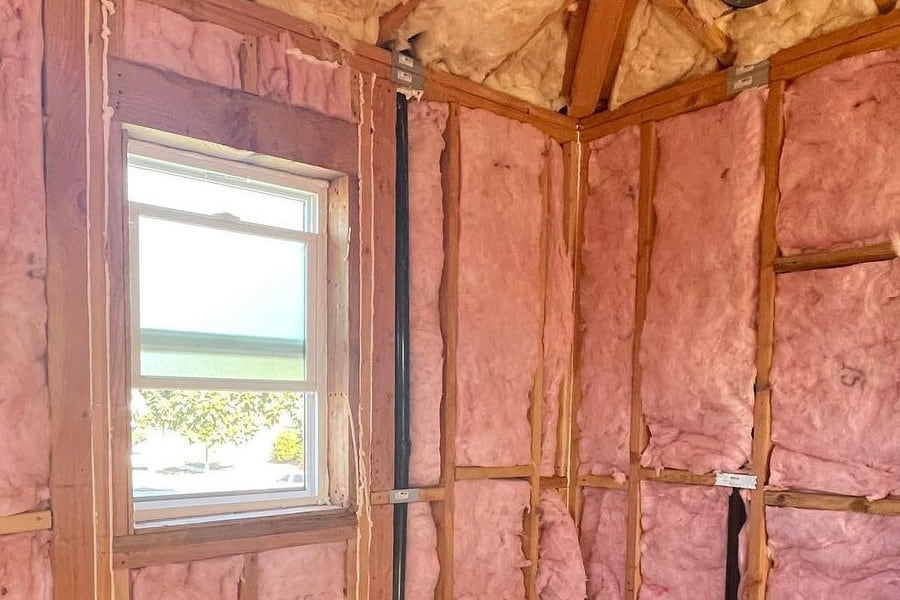
- Consider the type of insulation. There are several different types of insulation, including fiberglass, cellulose, and foam.
- Make sure the insulation is properly installed. Insulation is only efficient if it is installed right.
- Inspect the insulation regularly to make sure it is in good condition. Over time, insulation can settle or become damaged. This can reduce its effectiveness.
- Install Storm Doors and Windows. Storm doors and windows are a great way to improve your home’s insulation. These doors and windows are designed to keep out the cold air, which can help you keep your home warmer in the winter.
- Use a Programmable Thermostat. A programmable thermostat is one way to save on energy costs. By setting your thermostat to a lower temperature when you’re not home, you can save money on your heating and cooling costs.
FAQ
What insulation to use under mobile home?
There are several types of mobile home underbelly insulation. The most common type is fiberglass, which is available in rolls or batts. Another type is rigid foam, which comes in sheets or boards. Both types are effective at insulating against heat and cold.
Cost to replace insulation under mobile home?
The cost to replace insulation varies depending on the type of insulation and the size of your mobile home. Expect to pay $1,500 to $2,500 to replace the insulation in a 1,000-square-foot home.
Are mobile homes poorly insulated?
Mobile homes have a reputation for being poorly insulated. This is often because they are not built to the same standards as traditional stick-built homes. Mobile homes are also more susceptible to air leaks.
Conclusion
Adding insulation to your mobile home is a great way to save money on your energy bills. There are a few different ways to add insulation to your mobile home, and the best method for you will depend on your budget and the amount of insulation you need. You can add insulation to your mobile home by installing insulated skirting, adding insulation to your walls, or installing an insulation blanket under your mobile home.
The best way to add insulation to your mobile home walls is to hire a professional contractor. They will be able to properly assess your needs and install the insulation in the most efficient way possible. This will ensure that your home is comfortable all year round and that you save money on your energy bills.
